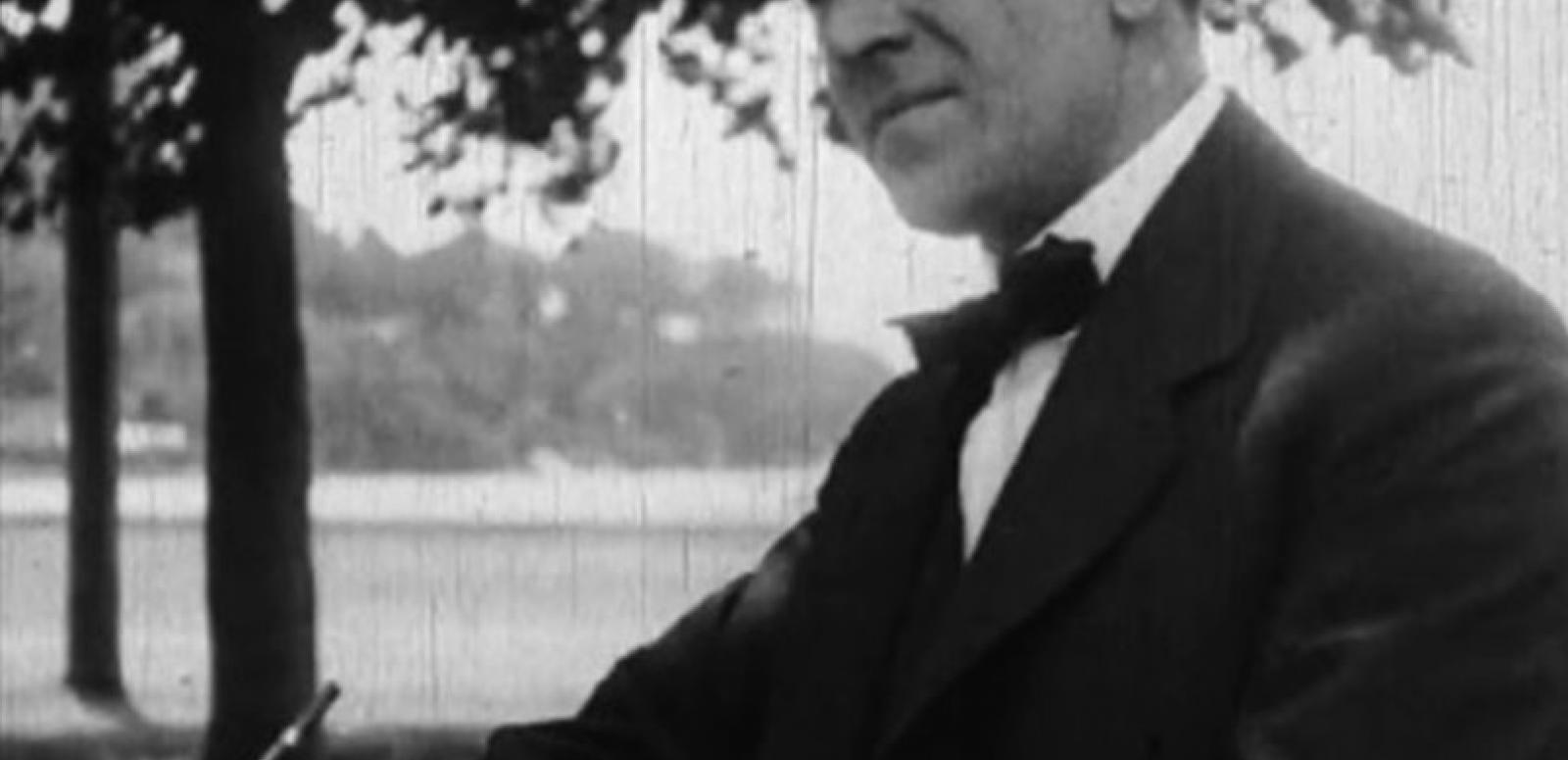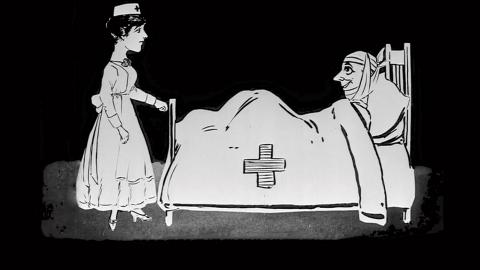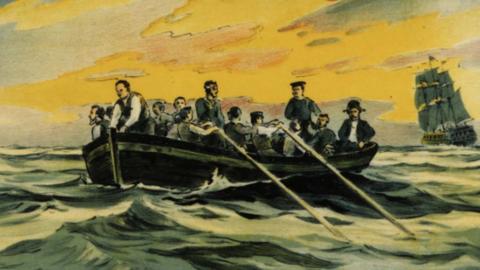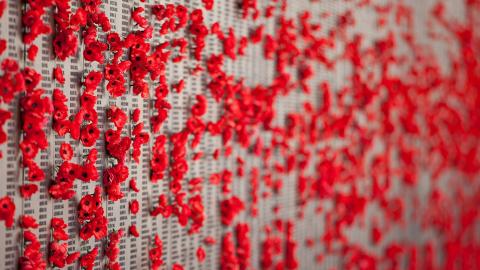

Harry Julius and Australia's first cinema animations
Film curator Sally Jackson writes about Australia’s first cinema animations for the 2014 World Day for Audiovisual Heritage on 27 October.
In anticipation of the 2015 centenary of Australian animation, and during the four-year commemoration of the First World War, the NFSA is preserving the Cartoons of the Moment of 'lightning’ sketch artist and caricaturist Harry Julius.
In January 1915, Australia’s largest film production company, Australasian Films, commissioned Julius to provide a satirical commentary on the news for their nationally distributed weekly cinema newsreel, The Australian Gazette.
Already a household name around the country, Julius (1885-1938) had been delivering satirical sketches for the major newspapers for some years (see External Links, to the right). Until that point there had never been an Australian produced satirical commentary for the cinema, and certainly not a cartoon. No series of locally-produced cartoons had screened in cinemas, only imported animation. Australasian Films knew they had a 'first’.
The example below (Miss Australasia, The Crown Prince of Germany and National Service, NFSA title: 58201) dates from mid-to-late September 1915, judging by its contents.
After the opening title we see Harry Julius in his workroom, with one of his sketches used as a prop. In each edition of Cartoons of the Moment, Harry Julius appears reading a newspaper or mulling over his thoughts before he begins to sketch. We see his hand begin to draw the images very quickly.
The first segment, Miss Australasia, is inspired by how the war affects trade; that only Australian made products can be relied upon to be available was in the news in late August-early September 1915. The second item had been reported on 5 September: Germany’s Crown Prince sending his congratulations to Enver Pasha for Turkey’s victories over the allies at Gallipoli. The third item follows discussion raised in early September by Colonel Cameron about compulsory national service and the need for more Australians to fight in the war.
If you watch closely you can see little jumps as the text appears on the screen. Harry would draw, then he and the camera paused and restarted as the words appeared, giving the impression it was all happening at once. Harry also used white cut-outs which he filled in, and which were often animated in some way.
The clip is a mixture of live action and stop motion technology. Stop motion, or frame-by-frame photography, involves photographing the action one frame at a time to create the effect of movement. World animation at this time was predominantly simple line drawings and stop motion.
Julius’ Cartoons nearly always ended with a laugh – despite the subject matter mostly being the events of the First World War. He often ridiculed the enemy; other common themes were generating sympathy for allied troops and social commentary on fashion, food and other home front issues. The cartoons enjoyed great popularity with audiences according to newspaper reports of the day.
But despite their popularity their use-by date was limited; after all, who was interested in yesterday’s news? Although Australasian Films recognised they had secured themselves a 'first’, they gave no thought to the cartoons’ enduring historical value. Over the years the cartoons have been lost, destroyed or have decomposed until there are only a handful remaining today.
Once only available on fragile nitrate film the NFSA is preserving them on durable 35mm polyester film and as digital files for easy accessibility. This will ensure that in another 100 years our ancestors, like us, will be able to explore, learn and appreciate the beginnings of animation in Australia: established as a propaganda tool to deal with the terrible events of the First World War.
The National Film and Sound Archive of Australia acknowledges Australia’s Aboriginal and Torres Strait Islander peoples as the Traditional Custodians of the land on which we work and live and gives respect to their Elders both past and present.


